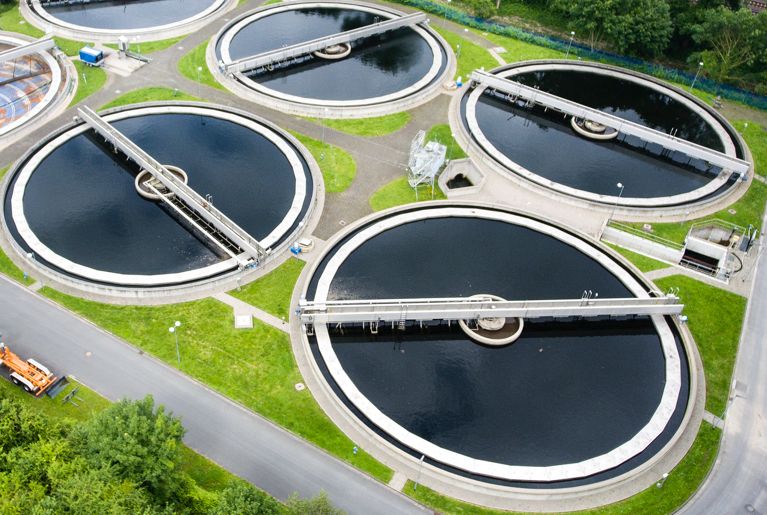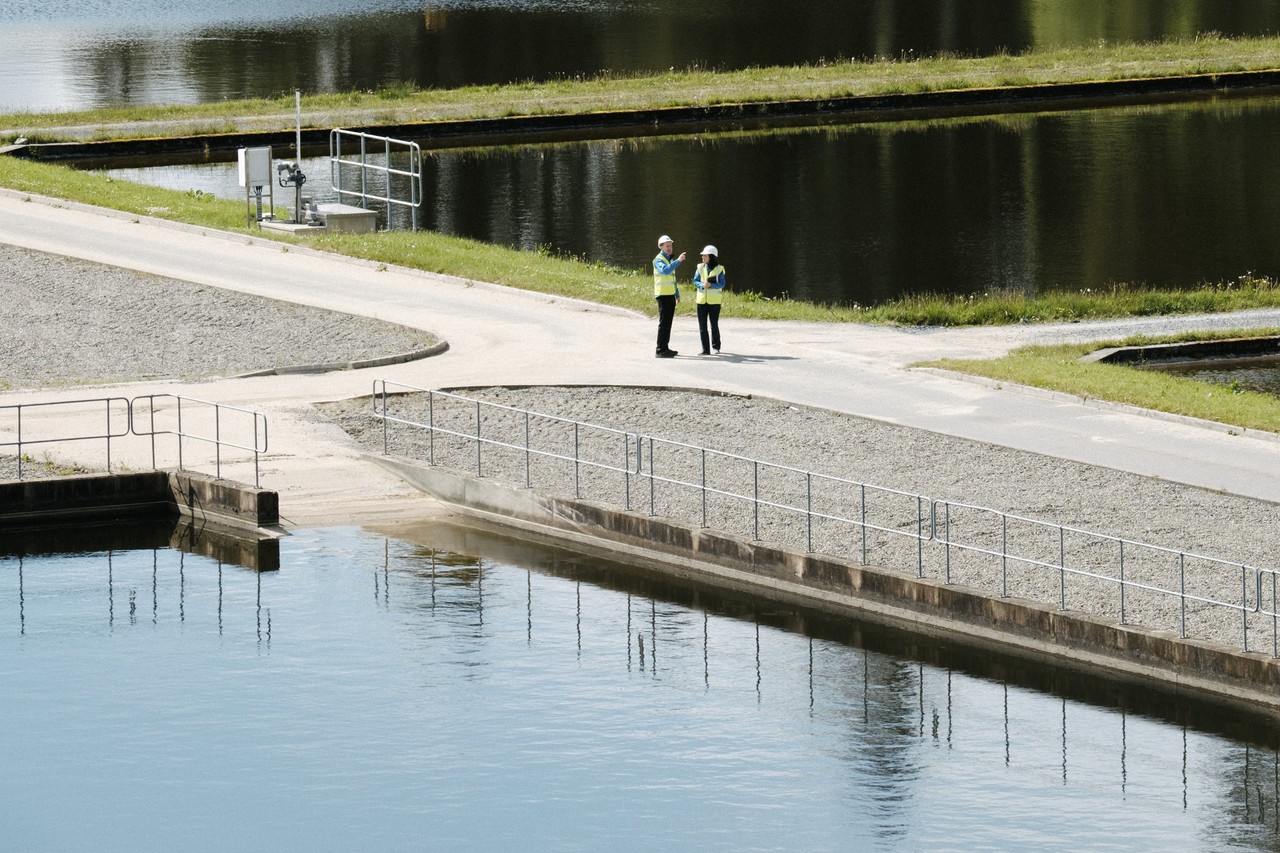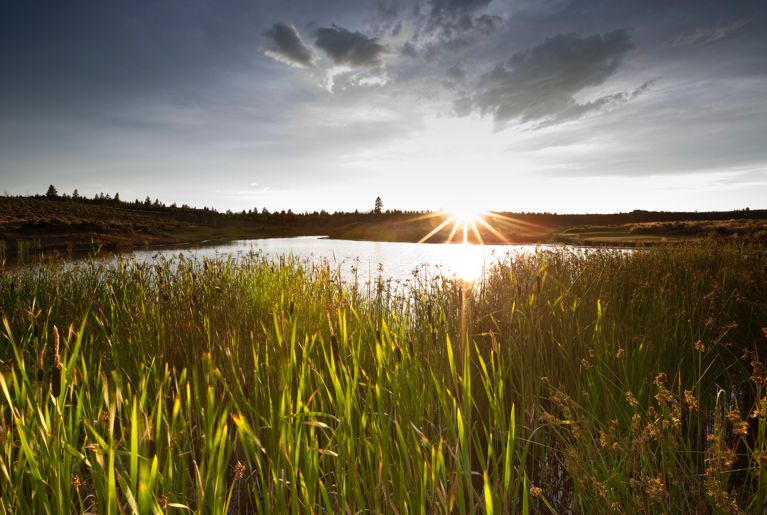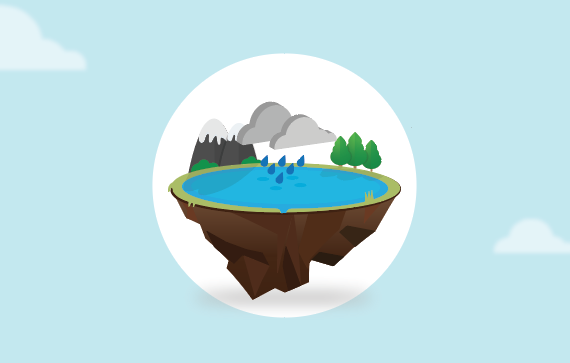Wastewater
Uisce Éireann has sole responsibility for the cleaning and maintenance of the public sewer network. We also operate a network of wastewater treatment plants across Ireland.

Collection
The most common example of wastewater is liquid sewage that is discharged from homes and business and is unfit for human consumption. Wastewater from your home comes from human waste, soaps, detergent, food remnants, fats, oils and greases and any other items that may find their way into the sewage system.

Treatment
The objective of our wastewater treatment plants is to produce cleaned water that will not harm or pollute the surrounding environment when it is discharged into it. To achieve this, numerous processes take place when wastewater enters the plant.
Issues
Do you have a blockage or are your drains or sewers flooded? See what to do. If you are experiencing a wastewater emergency call us now on 1800 278 278.

Compliance
Uisce Éireann operates a network of wastewater treatment plants across Ireland with sole responsibility for cleaning and maintaining the public sewer network. These treatment plants vary in size due to the size and population of the area they serve.

Wetlands
Wetlands are a key feature of our Irish countryside. They include bogs, marshes, ponds and lakes, rivers, wet woodlands / grasslands, fens, estuaries and coastal lagoons.
